History
Kriegsfischkutter (Naval Trawler)
Flying Coney began her life as a Kriegsfischkutter – a type of naval trawler – built in the Netherlands in 1941 for the German navy. These vessels were part of a large standardized fleet developed by the Germans.
Before the war, fishermen could acquire these ships at a relatively low price, under the condition that the vessel could be requisitioned in case of war. Once the war broke out, the ships – and often their crews – were conscripted
and converted for various military purposes, including patrol, escort, mine clearance, or even supply duties.
After the war, many of these vessels were converted back into fishing boats. Their dual history as both war and fishing vessels gave them the unusual name Kriegsfischkutter, which literally translates to “war-fishing-cutter.”
Fishing Vessel
These ships were originally constructed with steel frames and inexpensive wooden planking, which meant they were not built to last for decades. In 1950, a young fisherman decided to invest in Flying Coney’s future by having her completely rebuilt in steel. The old wooden hull was stripped away, and new steel plates were riveted onto the frame. Flying Coney was the first of five vessels to receive this kind of “steel skin.”
She returned to fishing duty for many years. Eventually, however, a catastrophic engine failure brought her working life to an end. When one of the engine’s cylinders failed, the crew attempted to keep her running on just three cylinders by removing the faulty connecting rod. Unfortunately, the rod collided with the crankshaft, the flywheel detached, and spun violently through the engine room. The damage was so severe that the engine room was nearly destroyed – and with it, Flying Coney’s career as a working fishing vessel ended.
Sailing Ship
Just as she was about to be scrapped, a young artist came across her – looking for a hull to transform into a sailing vessel. Flying Coney’s elegant lines and efficient hull design made her a perfect candidate.
He saved her from the scrapyard and transformed her into a stunning sailing ship. She was equipped with two tall masts and a sail area of 450 m² In good wind conditions, she could reach speeds of up to 14 knots. Under sail, she explored waters all the way from Norway down to the coast of Africa.
Motorsailer
After many years at sea, the wooden masts began to deteriorate. The family who had sailed her for years decided it was time for a change. They converted her once again – this time into a comfortable motorsailer – and continued to cruise the North Sea for several more years.
Today
Eventually, Flying Coney was sold again. Unfortunately, the new owner didn’t keep her long – and from that point on, she changed hands several times. During this period, she was neglected and fell into a serious state of disrepair.
That’s when we found her. Though she was in rough condition, we saw her potential and decided to give her the proper refit she so desperately needed. Our goal is to restore Flying Coney to her former beauty as a traditional sailing ship – preserving her unique history and giving her a new future at sea.
